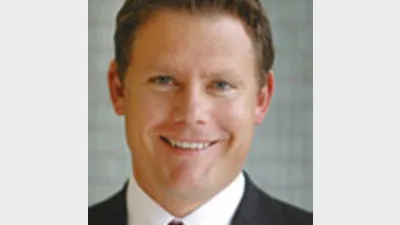AXA's caveats on practice acquisitions



|
|
Financial planners looking to diversify their practices through acquisitions must ensure they have the capability to meet the expectations of clients they are bringing into their businesses, according to the head of acquisition and succession at AXA, Steve Davison.
Speaking at the Association of Financial Adviser’s national road show in Melbourne, Davison said while it had become popular for many financial planners to diversify their practices, they did not necessarily have the expertise to take care of the clients they were acquiring.
“A lot of pure financial planning advisers or businesses want to buy a risk business and put it into their business as part of a strategy to diversify their income stream ... but many pure financial planners don’t necessarily know how to sell risk insurance, because it’s a very sales driven product,” he said.
Buying such a business with the expectation of recurring revenue won’t translate into new revenue streams for the business if the planner doesn’t have the capability, as clients will drop away, Davison said.
“The same can be said in the accounting space now. Planners want to buy client accounting books because they think they’re cheaper than planning client books, but they trade at 80 cents to the dollar, and ... if you buy accounting businesses and you can’t understand how to look after [the clients], buy the capability.”
Davison warned that financial planners looking at recurring revenue streams in a possible acquisition needed to be able to distinguish between the different fee components of a fee-for-service offering.
“Fee for service is only going to become more prevalent, but it’s very hard to distinguish between the upfront component, the implementation component, and the ongoing fee. If you’re paying multiples for recurring revenue, which is the ongoing fee-for-service component, you need to understand what that is,” he said.
He also warned that while there were intermediaries popping up that added value to the acquisitions and sales of planning practices, planners needed to be clear about which party the intermediaries were representing.
Recommended for you
Unregistered managed investment scheme operator Chris Marco has been sentenced after being found guilty of 43 fraud charges, receiving the highest sentence imposed by an Australian court regarding an ASIC criminal investigation.
ASIC has cancelled the AFSL of Sydney-based Arrumar Private after it failed to comply with the conditions of its licence.
Two investment advisory research houses have announced a merger to form a combined entity under the name Delta Portfolios.
The top five licensees are demonstrating a “strong recovery” from losses in the first half of the year, and the gap is narrowing between their respective adviser numbers.











